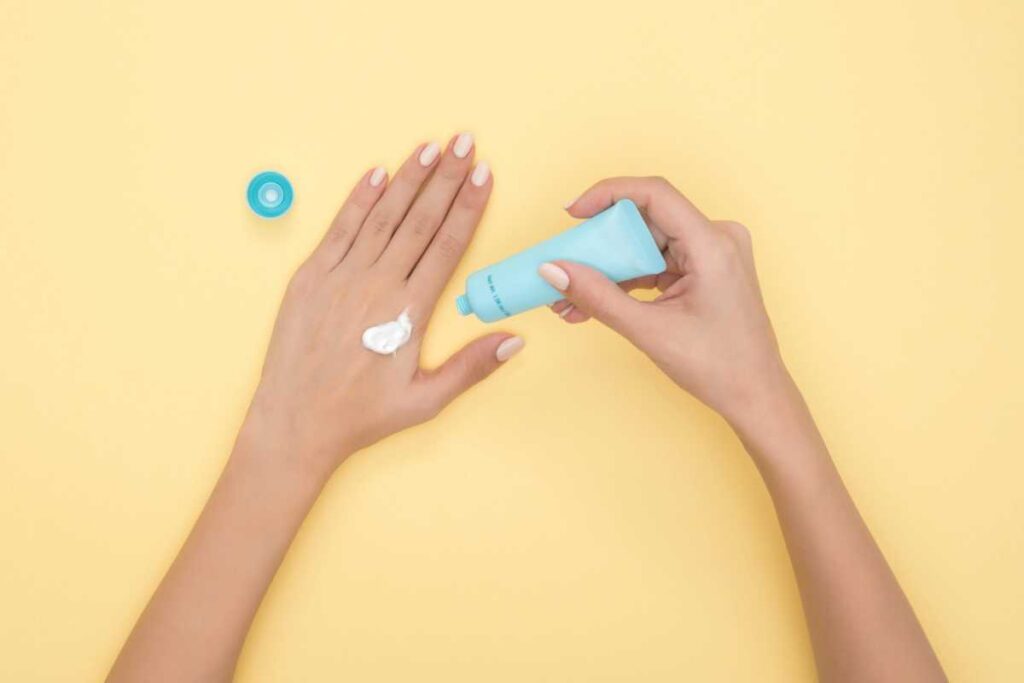Sun-damaged skin is a common concern for many individuals, especially for those who enjoy spending time outdoors without adequate protection. The sun’s ultraviolet (UV) rays can cause significant damage to the skin, leading to various skin issues that can affect both appearance and health. In this blog, we’ll explore what sun-damaged skin is, the symptoms and long-term effects, and effective strategies to deal with it.
1. Understanding Sun-Damaged Skin
Sun-damaged skin results from prolonged exposure to the sun’s UV radiation, primarily UVA and UVB rays. These rays penetrate the skin and disrupt its natural structure, leading to changes that can manifest both immediately and over time.
Types of UV Rays
- UVA Rays: These rays penetrate deep into the skin and are primarily responsible for premature aging, such as wrinkles and age spots. They can also contribute to the development of skin cancer.
- UVB Rays: These rays primarily affect the outer layer of the skin, causing sunburn and contributing to skin cancer. They are strongest during midday and can cause immediate damage.
Mechanism of Damage
When the skin is exposed to UV radiation, it produces more melanin to protect itself, resulting in tanning. However, excessive exposure can lead to DNA damage in skin cells, inflammatory responses, and, ultimately, skin disorders.
2. Symptoms of Sun-Damaged Skin
Identifying sun-damaged skin involves recognizing several key symptoms:
1. Immediate Symptoms
- Sunburn: Redness, swelling, and pain are typical responses to excessive sun exposure.
- Peeling: After a sunburn, the skin may peel as it heals, indicating damage to the outer layer.
2. Long-Term Symptoms
- Premature Aging: The skin may develop wrinkles, fine lines, and sagging, often referred to as photoaging.
- Age Spots: Also known as liver spots or sun spots, these flat brown or black spots occur due to the accumulation of melanin.
- Dryness and Texture Changes: Sun exposure can lead to rough, dry skin and a loss of elasticity.
- Increased Risk of Skin Cancer: Chronic sun damage increases the likelihood of developing skin cancers, including melanoma, basal cell carcinoma, and squamous cell carcinoma.

3. How to Deal with Sun-Damaged Skin
If you suspect that you have sun-damaged skin, there are various strategies and treatments to mitigate its effects and promote healthier skin.
1. Prevention: Protecting Your Skin
The best way to deal with sun-damaged skin is to prevent further damage. Here are effective protective measures:
- Sunscreen: Use a broad-spectrum sunscreen with an SPF of at least 30, even on cloudy days. Reapply every two hours, or more frequently if swimming or sweating.
- Protective Clothing: Wear long sleeves, wide-brimmed hats, and sunglasses to shield your skin from UV rays.
- Seek Shade: Limit sun exposure, especially between 10 a.m. and 4 p.m. when UV rays are strongest.
- Self-Examination: Regularly check your skin for any changes or unusual spots, and consult a dermatologist if you notice anything suspicious.
2. Immediate Treatment for Sunburn
If you experience sunburn, here are steps to help soothe your skin:
- Cool Compresses: Apply a cool, damp cloth to the sunburned areas to relieve discomfort.
- Aloe Vera Gel: This natural remedy helps soothe inflammation and promotes healing.
- Hydration: Drink plenty of water to stay hydrated and assist the healing process.
- Over-the-Counter Remedies: Consider using non-steroidal anti-inflammatory drugs (NSAIDs) like ibuprofen to relieve pain and reduce swelling.
3. Long-Term Treatment Options
For long-term management of sun-damaged skin, consider the following treatments:
1. Topical Treatments
- Retinoids: Prescription or over-the-counter retinoids can help reduce fine lines, wrinkles, and discoloration by promoting cell turnover.
- Vitamin C Serum: This antioxidant helps brighten the skin and protect against further damage.
- Hydrating Creams: Moisturizers that contain hyaluronic acid or glycerin can help restore hydration and improve skin texture.
2. Professional Treatments
- Chemical Peels: A dermatologist can perform chemical peels to remove the outer layer of damaged skin, revealing healthier skin underneath.
- Microdermabrasion: This procedure exfoliates the skin and can improve texture and tone.
- Laser Therapy: Various laser treatments target sun damage, including age spots and redness, stimulating collagen production for firmer skin.
3. Lifestyle Adjustments
- Healthy Diet: Incorporate foods rich in antioxidants, such as fruits, vegetables, nuts, and whole grains, to support skin health from the inside out.
- Stay Hydrated: Drinking plenty of water helps maintain skin hydration and elasticity.
- Avoid Smoking: Smoking can exacerbate skin damage and accelerate the aging process.
4. When to See a Dermatologist
If you notice any persistent changes in your skin, such as new growths, changes in existing moles, or non-healing sores, it’s crucial to consult a dermatologist. Regular skin check-ups can help identify any potential issues early and provide tailored treatment options.
5. Conclusion
Sun-damaged skin is a significant concern that can affect both appearance and health. Understanding the causes, symptoms, and treatment options is vital for anyone who has spent time in the sun. By taking proactive steps to protect your skin and address any damage, you can promote healthier skin and minimize the long-term effects of sun exposure. Remember, prevention is always better than cure, so make sun protection a priority in your daily routine!

